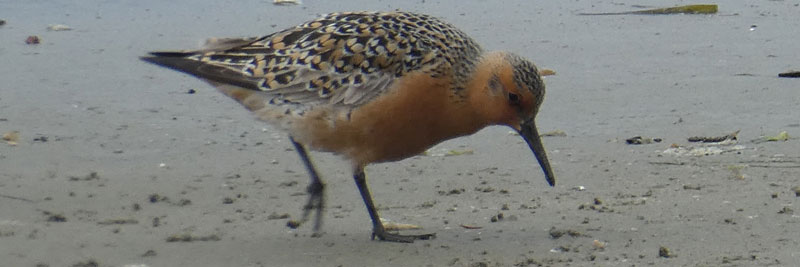
Red Knot (Calidris canutus roselaari) : Species at Risk recovery
Pacific Rim National Park Reserve
maamaati(bird)
The Red Knot is a long-distance migrant shorebird. It feeds on the shorelines of oceans and lakes, and nests in the summer mainly in remote areas of Alaska. It spends its winter on the Pacific Coast from California to Chile. You might be lucky to see one as it stops by to rest and feed during its long journey north to Alaska in May. Pacific Rim National Park Reserve’s beaches are one of the best places on the coast of British Columbia to see this bird.
The breast and underparts of the Red Knot are a bright salmon orange-red in spring – one of our most colorful shorebirds.
Learn about how Parks Canada is helping this endangered species and find out how you can contribute.
Three reasons to love the Red Knot:
1. It’s vulnerable
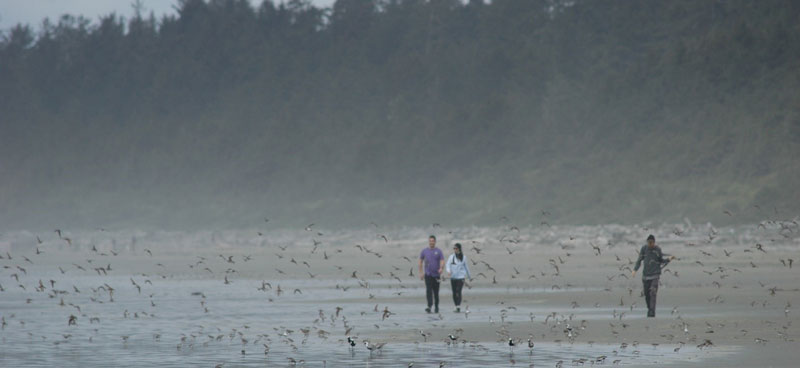
Red Knot numbers are declining. Off-leash dogs and beach walkers can easily disturb them, causing them to abandon prime foraging and resting habitat. Habitat loss, herbicides and pesticides are some of the other things that may affect their populations.
2. It’s a superstar athlete
.jpg?h=368&w=800&hash=16627B51406E1ABE9033E1E0F3DA13E0)
The Red Knot is one of many shorebird species that stop over at Pacific Rim National Park Reserve while flying thousands of kilometres each year, back and forth between the Arctic and Central or South America.
3. It eats tiny creatures
.jpg)
Red Knots power their long flights by eating tiny marine invertebrates, such as worms, shrimp, clams and crabs.
Three ways to care for the Red Knot:
1. Give the birds space to rest and feed
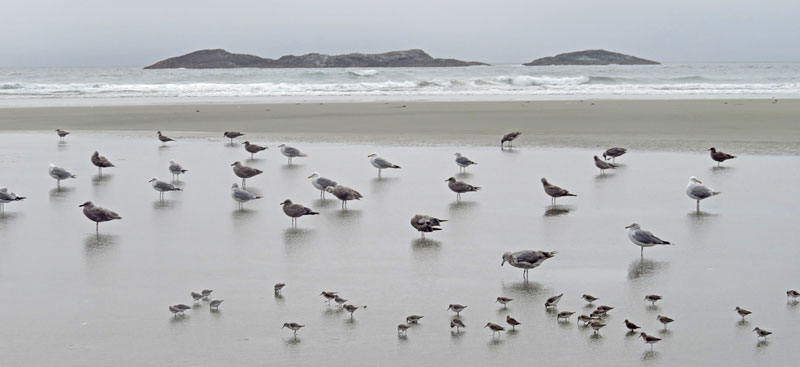
Long-distance migrants, like the Red Knot, have precious little time to stop, rest, and refuel for their long flights. If you see a flock like this, enjoy watching them from a distance so they don’t get scared and fly away!
Parks Canada’s action:
By preserving special places like the beaches and mudflats in Pacific Rim National Park Reserve, Parks Canada provides spaces of sanctuary for these birds as they complete their mammoth journey. One of the reasons that dogs are required by law to be on leash in the national park reserve is so they don’t disturb wildlife.
Action you can take:
Keep your dog on a leash at all times while you visit Pacific Rim National Park Reserve (or leave your dog at home), stay far enough away from shorebirds so that you don’t affect their behavior, and respect any areas that are closed to dogs.
2. Support scientific data
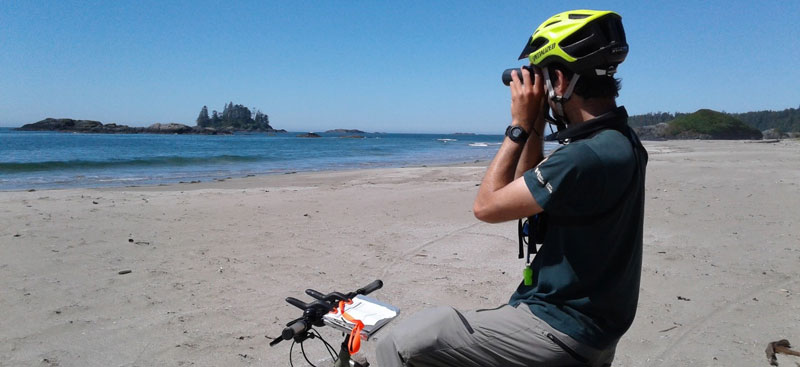
To protect something, you need science-based facts to support you. Wildlife management decisions are based on scientific observations and analysis.
Parks Canada’s action:
Every spring and fall, Parks Canada scientists survey the shorebirds that are using the sands on Long Beach in Pacific Rim National Park Reserve. Scientists look for changes in shorebird numbers from year to year, and how people and dogs on the beach are affecting the birds.
Action you can take:
Contribute your observations of wildlife in the national park reserve to iNaturalist.org and eBird.ca. Through these citizen science websites we can all play a part in painting a picture of where and when a species like the Red Knot is using the area.
3. Leave shorelines in their natural state
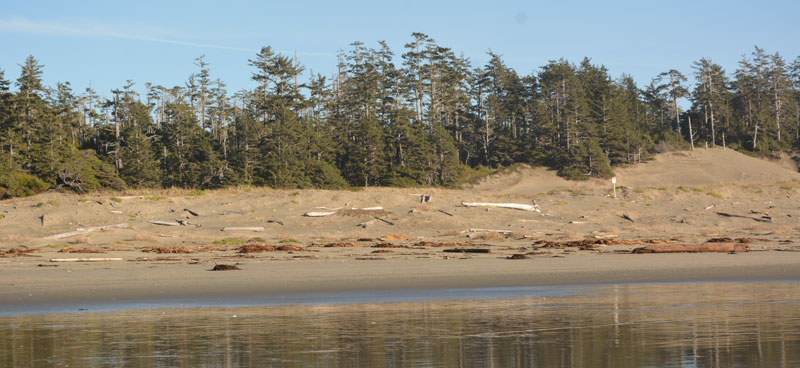
Activities like building breakwaters and stabilizing beaches stop sediment from replenishing the beaches and mudflats where these birds stop and feed.
Parks Canada’s action:
In Parks Canada places, shorelines are left in a natural state, whenever possible, and restoration projects are conducted to restore shoreline processes in areas where shores have been altered by human use.Action you can take:
If you live along a shoreline, avoid constructing breakwaters, planting exotic/invasive plant species, or using other shoreline stabilization methods. Follow Green Shores guidelines (English only)
For more information about the Red Knot and species at risk recovery:
- Date modified :